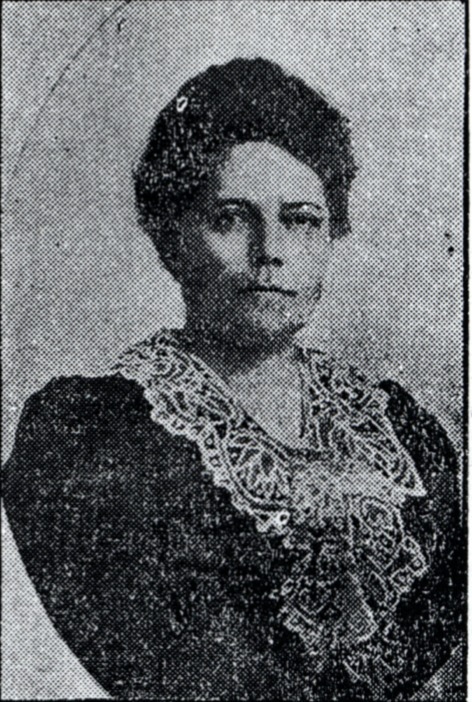"A Heady Time for Women": Gender in the Progressive Era
White women in the antebellum period (c. 1812-1865) and throughout much of the 19th century set a standard for behavior that lasted generations. To be a southern “lady,” one had to be gracious and charming, morally strong yet delicate. Domestic labor was the ideal work for women who were "incapable" of handling practical matters and "unable" to maintain financial stability without her family or a husband. As a result, marriage was the ultimate goal for many women. If her husband was chosen carefully, a woman could be well off for the rest of her life.
White women began assembling charitable organizations as early as 1810. Beginning with Baptist women who formed voluntary societies to distribute religious pamphlets and raise money for missionaries abroad, female benevolent societies quickly began cropping up across the state. Over the next 50 years, women created and joined activist organizations for any number of causes, including antislavery groups, temperance unions, and hundreds more.
The image of the classic, charitable southern “lady” survived the war and lasted well into the 20th century. Because working class women often didn’t have the time to participate in auxiliary groups or women’s clubs, the women in these organizations were often married and of the middle to upper classes. This trend deviated when it came to the cause of education; education was an issue that impacted everyone, regardless of age, gender, or class. The women most invested in the improvement of public schools were not married and wealthy; they were young, working class women who were fresh out of school and eager to teach. This is why, on March 20, 1902, Dr. McIver called on 200 young women from the SNIC to meet and discuss plans for tackling the needed reforms. Supported by all three members of the Southern Education Board, the Women’s Association for the Betterment of Public Schoolhouses was formed.
At the beginning, their work was very much gendered; they still ascribed to the expectations that had been set for the southern “lady." Their efforts were domestic in nature: to clean the schoolhouses, to tend to the school grounds, and to inform the mothers of schoolchildren that cleanliness at home is of the utmost importance. While the organization was founded and funded by men, it quickly evolved into a new approach to organizing. Mrs. Hollowell explained it best:
“We allow the men to pay the money to carry on this work. We do not pay one cent but every man that becomes an associate member gives one dollar and then he does the work we ask him to do. When we come to our election of the local officers, the county officers, and the state officers, we never let him vote. The women do all the voting in this association and the men pay all the money — taxation without representation, if you please.”
From that point on, the organization was exclusively run by and made up of women. Originally only women from the SNIC were members, but as news of the organization spread, hundreds of women from across the state joined them in their efforts to improve schoolhouses.
Men were permitted to become “honorary members” of the organization and were required to pay a $1 annual fee. This membership yielded no power and, as such, there were few male members of the organization. While white men were permitted to join, WABPS by-laws excluded any women or men of color. Considering the social climate of the time period (for more on this see “Race and Education”), it is not unsurprising that the WABPS excluded women of color, but it does complicate the story of the organization.
While the women of the WABPS were making great strides in the improvement of white public schools, black schoolchildren were often left behind.
